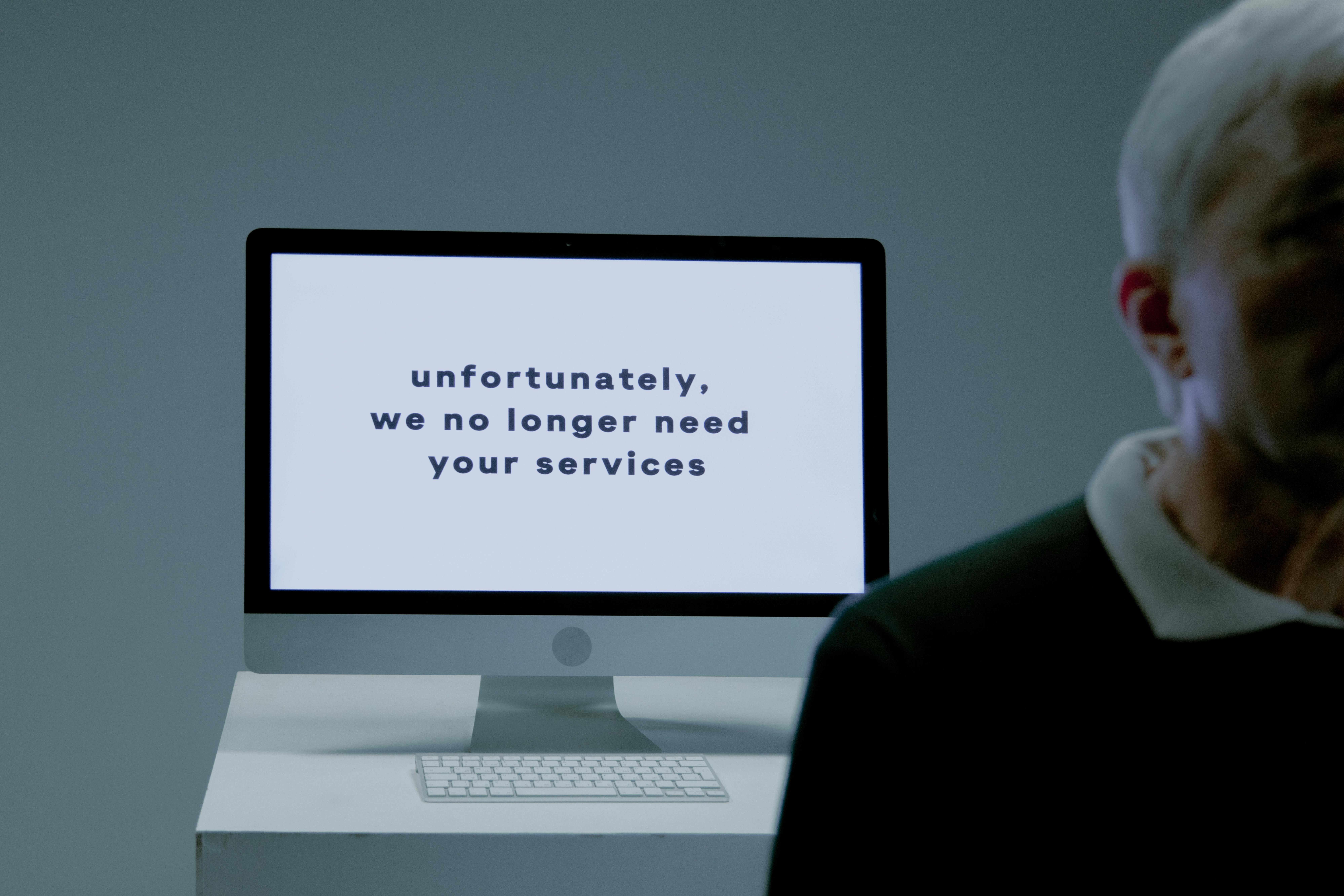Over the past few weeks, I’ve been approached several times to help candidates prepare for final interviews, refine their positioning for a role, or provide a reference.
Each of these conversations had a familiar undercurrent: while the stakes are high and the roles are strategic, the recruitment process often feels rushed, superficial, and overly focused on the visible, measurable aspects of the candidate’s profile — titles, competencies, achievements. Companies typically want results fast, are reluctant to invest sufficient time and rigour, and often complain about the cost of executive search firms involved.
What’s consistently missing is a more deliberate look at the fit between company and candidate values, the individual’s leadership style, their actual way of influencing change, their compatibility with the existing team, and — perhaps most importantly — their fit with the specific mandate of the role, especially in the near future.
It reminded me of several recent high-profile executive departures that underline the disruptive — and expensive — consequences of misalignment between leadership approach and organisational expectations. Hein Schumacher’s exit from Unilever after just 1.5 years, Ashley Buchanan’s dismissal from Kohl’s after only 106 days due to ethical violations, and Laxman Narasimhan’s departure from Starbucks after roughly 18 months amid investor frustration over lacklustre performance all underscore how critical it is to align on expectations from the outset.
These cases show what happens when there’s no shared understanding of the cadence of change, the context for leadership, or what success looks like in year one — even when the individual has a strong track record and appears highly qualified on paper. At the risk of being presumptuous, my own abrupt departure from my last corporate employer could also be traced to this lack of rigour — on both sides.
This becomes particularly visible in roles that carry a transformation agenda — take sustainability, for example. The conversations often revolve around what needs to be done: strategies, targets, frameworks. But the how — how someone will lead people through uncertainty, what leadership style is required, what cultural shifts are necessary, how to engage a wide range of stakeholders, how to overcome resistance to change — is either not addressed or only lightly touched on. And yet, these are the make-or-break elements of any transformation.
I don’t believe this is purely the fault of supervisory boards, hiring managers, or recruiters. Often, there’s pressure to move fast. And candidates, knowing they’re in a seller’s market, are understandably focused on making a strong impression. But in that rush, real due diligence on mutual fit — not just credentials — gets lost.

At HeartWork, we are convinced that this can be done better, particularly as we navigate an environment defined by volatility, uncertainty, complexity and ambiguity. We support organisations and candidates with state-of-the-art, in-depth assessments that go far beyond surface-level checks.
We help clarify whether a candidate truly fits the role’s leadership mandate, how they complement or challenge the existing executive team, and whether the conditions for a high-performing team are in place. We explore not only professional experience, but also individual drivers, values, strengths, inner critics and relational patterns.
Importantly, in close cooperation with Henk Bremer (LDpe), equipped with a Leadership Development processes and enablers toolbox, we can provide actionable insight based on a focused set of clearly defined preferred behaviours that are proven to unlock performance — both for you as individual leader and for the team you will become a part of.

Here as some suggestions for you to consider, based on what I’ve observed:
1. Confirm that the company is internally aligned on what they need — before you try to fit it.
One of the most overlooked risks in any executive hiring process is misalignment on the demand side. I’ve seen situations where stakeholders within the organisation — board members, CEOs, CHROs — held differing or evolving views on what the role really required. Sometimes the mandate shifts mid-process. Sometimes the strategic priorities aren’t settled. If you step in before that clarity exists, you risk being set up for failure before you even start. So don’t hesitate to ask: Has the leadership team aligned on the role’s core purpose and success criteria for the next 12–18 months? Are they clear on the type of leadership and collaboration this context calls for? If not, you may end up navigating not just the job, but the job’s definition — in real time, with little support.
1. Be authentic — and stop overselling.
In a competitive market, the temptation to polish, perform and posture is high. But overselling can backfire — especially if it leads to a mismatch between the role’s real challenges and what you’ve promised. Be honest about who you are, how you lead, and what conditions you need to be effective. Authenticity not only builds trust, but gives others a chance to assess how you’ll actually show up when the pressure is on. Don’t just match the brief — help shape it by showing up with your full self, not a version curated to impress.
2. Don’t just sell — challenge.
Use the process not only to prove your suitability, but to assess the quality of thinking behind the role. What are the real expectations? What’s the appetite for change? How do decisions get made at the top? Ask direct questions about the leadership culture, dynamics on the board, and the lived reality of the role beyond the job description.
3. Make your leadership style visible.
Go beyond what you’ve achieved — show how you led. Talk about your approach, not just your results. Share stories that reveal your values and ways of working, especially in tough situations. This isn’t about performance — it’s about giving people a real sense of what it’s like to be led by you.
4. Anchor your fit in the mandate.
Every role has a visible scope — and a less visible, often more critical mandate. Ask about that. What needs to happen in the first year? What are the tensions or contradictions in the role? Then speak directly to how you would approach that, based on your experience and instincts.
5. Use your power as a candidate.
Right now, talent has leverage. But with that comes responsibility — to ask better questions, to walk away from poor fits, and to be clear about what you need to thrive. It’s not just about getting the job. It’s about setting yourself (and the organisation) up for success.
We need better hiring practices, yes. But until then, we can at least make space for more meaningful conversations during the process. That starts with us — as candidates, mentors, or leaders.
Would you benefit from a thorough assessment and – when the fit with role is confirmed – a tailored development plan for unlocking your value and that of high team effectiveness, don’t hesitate to contact us. In addition, we can offer you support with both the inner and the outer work through the HeartWork Inner Knowing Journey, the Purpose Driven Impact Journey and deep experience with complex business transformations.
Please let us know what you think, we would love to hear from you via sendlove at heartwork dot earth.

